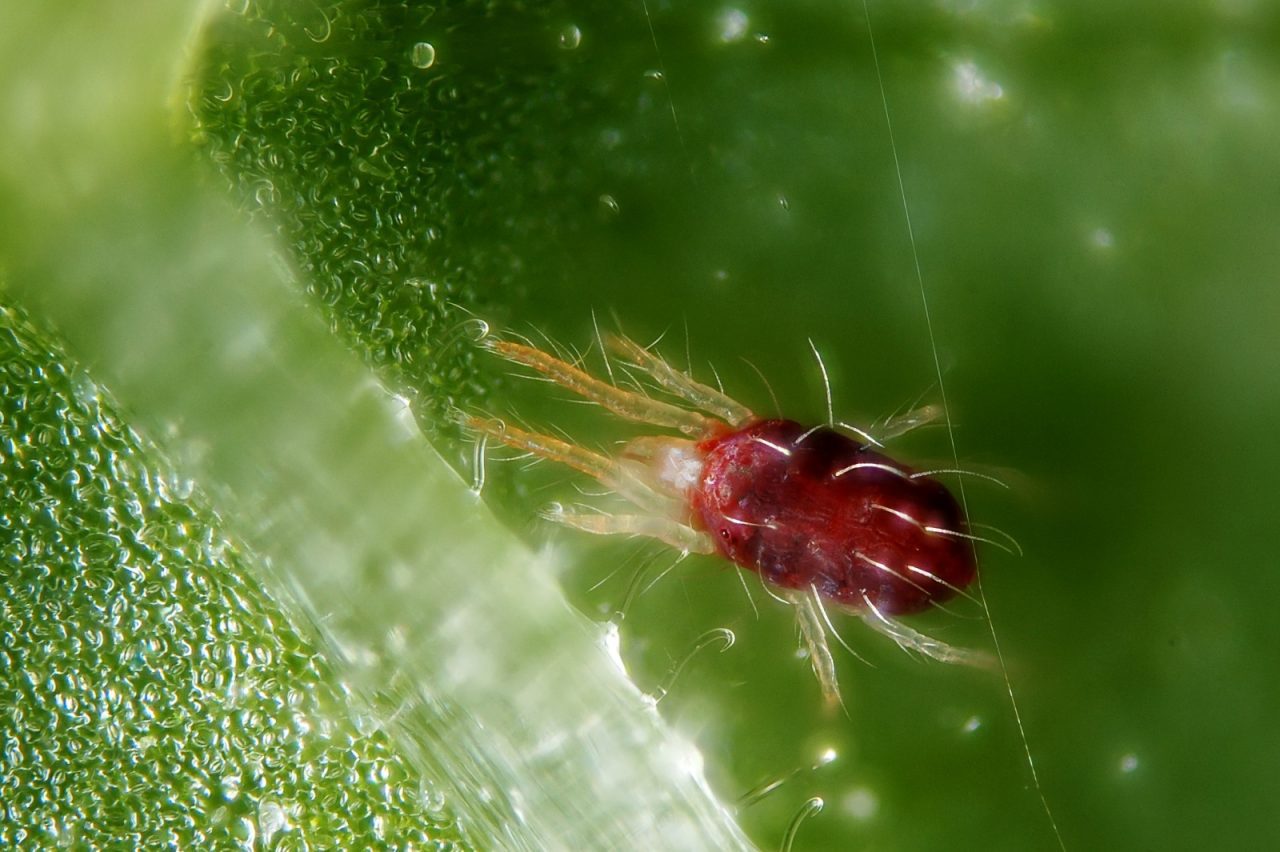A garden is full of life. It’s natural to have all kinds of insects buzzing around. Flies, beetles, bees, there are good and bad. So what about spider mites? Are they good bugs, or are they harmful to plants?
Spider mites are a common pest that can infest indoor and outdoor plants, including balsam plants. These tiny arachnids pierce plant cells and suck out the contents causing stippling discoloration, and wilting of leaves. Spider mites thrive in hot, dry conditions and can spread rapidly if left unchecked. The good news is there are several effective methods to eliminate spider mites from balsam plants and prevent future infestations.
Identifying Spider Mites on Balsam Plants
The first step is learning to recognize the signs of spider mites on balsam plants. Here are the most common indicators:
-
Fine webbing on leaves and stems – Spider mites spin silky webs as they move around plants.
-
Stippling on leaves – The mites leave behind tiny white or yellow spots where they have fed.
-
Bronzing and yellowing of leaves – Damaged leaves turn yellowish or bronze in color.
-
Leaf curling and distortion – Heavily infested leaves begin to curl and twist
-
Specks on the undersides of leaves – Flipping leaves over reveals the spider mites as tiny moving dots.
Checking both sides of balsam plant leaves regularly makes it easier to detect spider mites before they get out of control. Pay extra attention during hot, dry spells when mites thrive.
Methods to Eliminate Spider Mites
If you discover spider mites on your balsam plants, take action right away. Here are some effective methods to get rid of them:
Remove Heavily Infested Leaves and Stems
Prune off leaves and stems covered in webbing or showing major damage. This destroys mites and eggs and prevents them from spreading. Dispose of the pruned material immediately in sealed bags.
Use a Strong Stream of Water
Spider mites detest moisture. Blast plants with a forceful jet of water, focusing on the undersides of leaves. Repeat every few days until the infestation clears.
Apply Insecticidal Soap or Oil
Insecticidal soaps and oils smother and kill mites on contact. Spray plants thoroughly, especially leaf undersides, as directed on product labels. Neem oil and horticultural oils like canola oil work well.
Release Predatory Mites
Releasing predatory mites like Phytoseiulus persimilis gives spider mites some competition. These beneficial mites feed on pest mites but leave plants alone. They help control infestations without chemicals.
Use Organic Miticides
As a last resort for heavy infestations, apply natural miticides derived from neem, clove oil or garlic. Always follow label directions carefully. Avoid using broad-spectrum pesticides that can harm beneficial insects.
Combining several of these methods often provides the best spider mite control on balsam plants. Be patient and persistent to fully eradicate them.
Preventing Spider Mites on Balsam Plants
Prevention is the best medicine when it comes to dealing with spider mites. Here are some tips to help avoid infestations on balsam plants:
-
Provide proper air circulation and space between plants. Crowding stresses plants and creates an environment mites enjoy.
-
Keep plants away from dusty areas. Dust coats leaves and makes it harder for pests to be spotted early.
-
Maintain proper humidity levels. Mites thrive when humidity is low.
-
Hose plants down regularly to remove dust and deter mites. Pay extra attention to leaf undersides.
-
Check new plants thoroughly for mites before bringing indoors. Quarantine new plants for a few weeks.
-
Remove and dispose of heavily infested plants immediately to prevent spreading.
-
Release beneficial predatory mites when bringing vulnerable plants indoors.
-
Avoid excess nitrogen fertilization which causes fast, tender growth that attracts mites.
Staying vigilant for early signs of spider mites and addressing problems quickly is key. Keeping balsam plants as healthy as possible also helps prevent major pest issues. With some persistence and smart prevention, you can enjoy beautiful balsam plants free of destructive spider mites.

What are Spider Mites?
Spider mites are tiny arachnids. They are less than 0.4 mm and have four pairs of legs. The two-spotted mites we see on our plants are the most common spider mites. It gets its name from the two dark spots on either side of its body, which are accumulations of its body waste. But you have to have a powerful microscope to see it.
Are they a beneficial spider or a harmful mite?
While spiders can be beneficial in outdoor gardens, spider mites are harmful to plants. Like thrips, they pierce plant cells and suck out the juices.
Spider mites spin webs and cover the leaves to protect themselves and their eggs. They are hard to spot and often aren’t detected until there is noticeable leaf damage.
These microscopic arachnids reproduce rapidly. Spider mites go through a larval stage and two nymph stages. They usually overwinter in the egg stage. Each species varies, but eggs typically hatch in 3 days.
One female spider mite can lay up to 300 eggs in her lifespan and live for two to four weeks.
Their lifecycle can be as little as two weeks under the right conditions, which include temperatures over 90ºF.
Super Simple Spider Mite Control and Prevention
FAQ
Can a plant recover from spider mites?
What is the best treatment for spider mites?
How do I get rid of spider mites on my Christmas tree?
What is a homemade solution for spider mites on plants?
